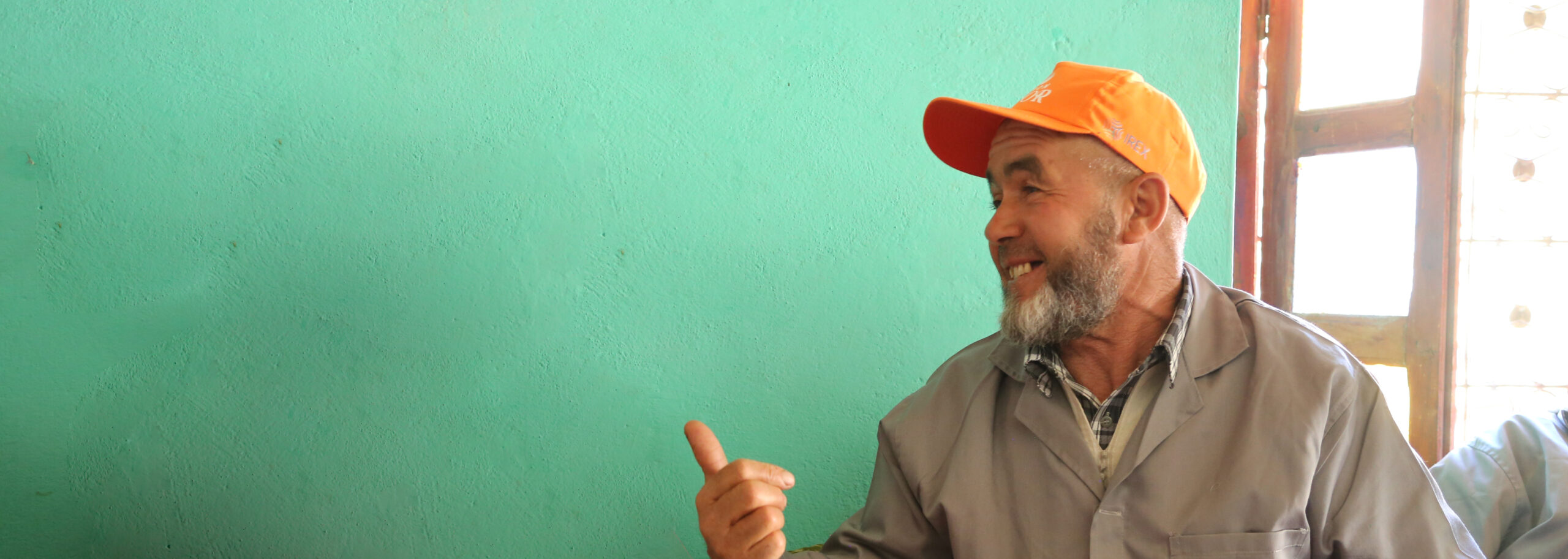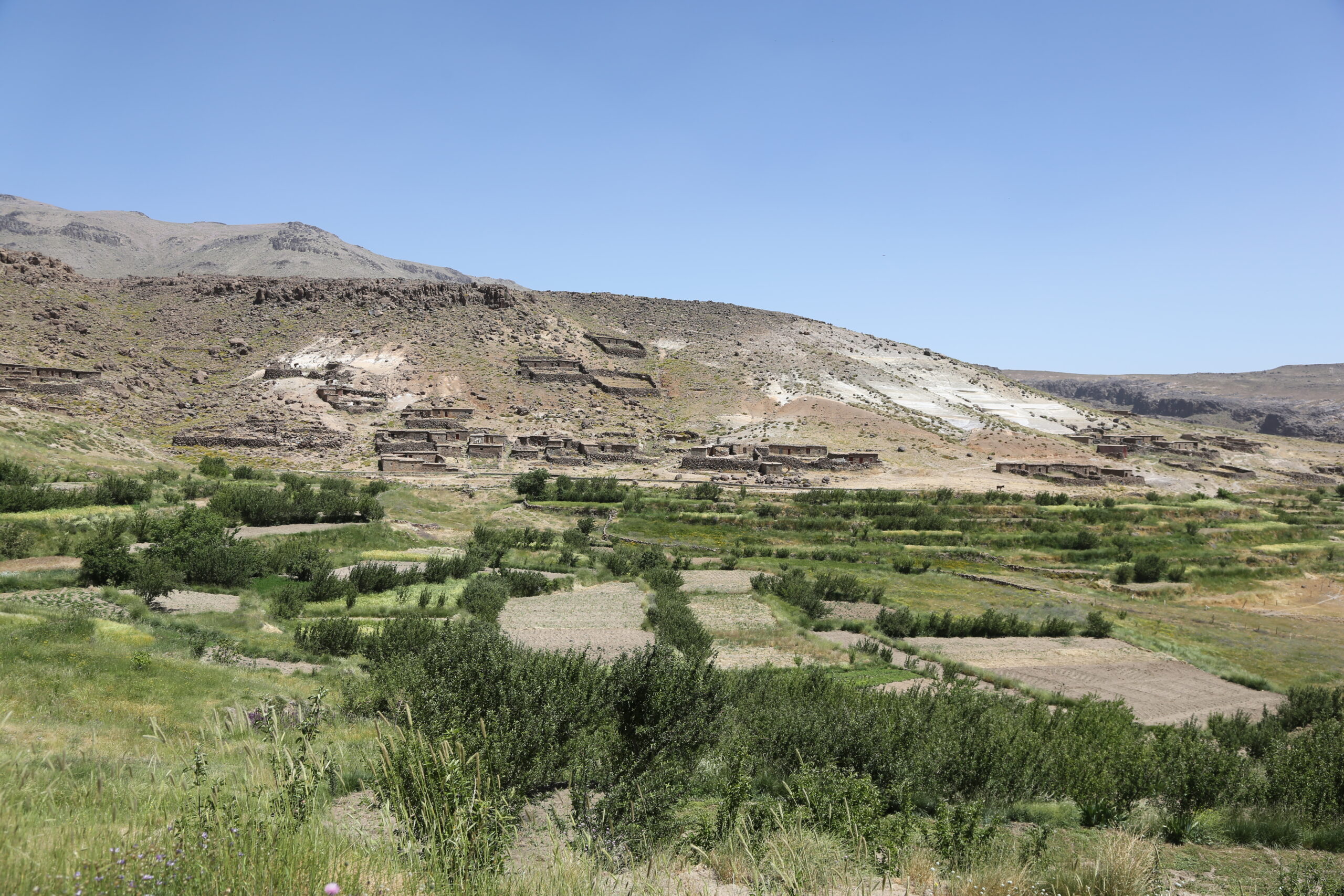Harvesting Saffron is an art that machines couldn’t do perfectly
Saffron is one of the most precious ingredients in the world and that is why it is called Red Gold. Harvesting saffron is observed to be very difficult and technically tiring. Women and Men spent hours lying or sitting in the cold weather each morning to harvest and collect 3 to 5 kg of flowers per day. The case can be less in the region of Sirwa due to limited lands for harvesting Saffron. The tradition of harvesting Saffron flowers tells us that in most cases, the harvesting is still being carried out by hand. The Saffron flower is cut carefully at the lower part of its corolla. In the meantime, the flowers are carefully placed in a traditional basket in order to reduce the pressure and damage to the Saffron flower.
Later on, the saffron collected in the fields is directly transported using “Donkeys for Motorcycles” to the village where the whole family gathers at a table and starts picking the red stamens from the original crocus flower. This technique takes hours and requires patience. Each flower produces only three stamens, which are picked carefully by hand and dried later on in a clean space. For a gram of powdered saffron, you need hundreds of fine threads. The good thing is that for a perfect flavor you only need very little. Traditionally speaking, families take this gathering to discuss topics, family concerns, and future plans.
Before taking the Saffron to the market, the collected product needs to be dried in a clean space where it can be put for 3 to 4 days. We have seen harvesting being done by innovative machines, however, during the process, the dirt is collected in combination with the flowers. Therefore, the dirt could harm the Saffron flower and its stigmas. Yet, Harvesting Saffron is more art for living to a large number of families in the region of Sirwa mountains.






